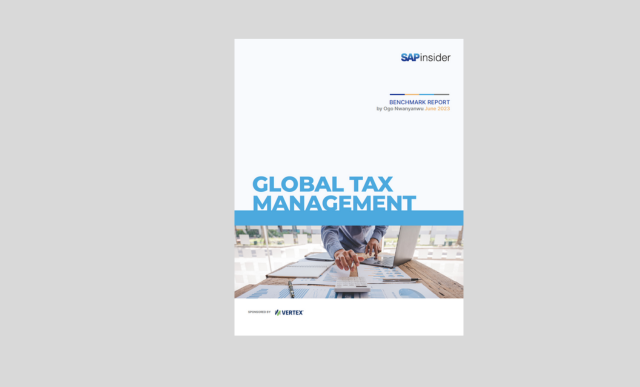Modernize Accounting & Reporting for LDTI
Key Takeaways
⇨ The implementation of Long Duration Targeted Improvement (LDTI) accounting standards requires significant changes in how insurers and reinsurers manage long duration contracts, impacting actuarial, finance, and IT teams.
⇨ Leveraging SAP S/4HANA for FPSL can help insurers meet LDTI compliance needs by providing a centralized subledger for efficient accounting and reporting data, along with pre-delivered content for the main LDTI calculations.
⇨ While LDTI compliance remains a complex process, utilizing SAP S/4HANA for FPSL and SAP Analytics Cloud can streamline calculations, ensure regulatory compliance, and provide a more transparent financial reporting process.
Short-Term Help for Long Duration Targeted Improvement
If you’ve been staying abreast of financial news and regulations, you likely know that in 2018, the Financial Accounting Standards Board (FASB) issued an update to Generally Accepted Accounting Principles (GAAP), via Accounting Standards Update (ASU) 2018-12, called Long Duration Targeted Improvement (LDTI). The current implementation dates for the new standard are January 1, 2022, for large SEC filers and January 1, 2024, for all others. Needless to say, LDTI will require significant changes to the way in which many insurers and reinsurers account for and report their long duration contracts. And the new requirements may expose some operational weaknesses in what have been considered typical operating models.
Since we’re the most experienced technical implementation team for SAP Financial Products Subledger (FPSL), we’re ready to help insurers and reinsurers with a well-defined project approach and plan of attack for your LDTI accounting and reporting compliance needs.
Here’s How
We’ve developed a technical implementation plan to help companies manage the calculations and reporting requirements for AU 2018-12. While the goal of this accounting change is to make financial statements more uniform and transparent, the execution of these new rules is highly complex for the average insurer. The bad news is the changes impact actuarial, finance, and IT teams in significant ways. The good news is they can provide an opportunity to modernize core accounting and reporting practices and technology.
We are currently using SAP S/4HANA for FPSL to aggregate operational source data at a level that will enable it to function as a rules engine for managing the new regulatory calculations. Within a single subledger, insurers can create efficient accounting and reporting data AND provide a meticulous audit trail.
Here’s What it Means
Working with insurance experts and auditors to ensure regulatory compliance, we’ve developed pre-delivered content that covers the three main calculations for LDTI compliance:
- Liability for Future Policy Holder Benefits
- Market Risk Benefit Calculation
- Standard Amortization for Deferred Acquisition Costs.
And with the addition of SAP Analytics Cloud, we can also present and disclose financial information. That means that with SAP S/4HANA FPSL, you can expect:
- Preconfigured compliance rules
- Ready-to-use insurance content
- A centralized subledger as the one source of truth for reporting or regulatory needs
- Automation that can lead to a quicker close
- And ongoing software maintenance that can accommodate future regulatory changes
Does that mean all your LDTI worries are over? No. But it does mean they’re greatly reduced. Visit the LDTI site for more information.








